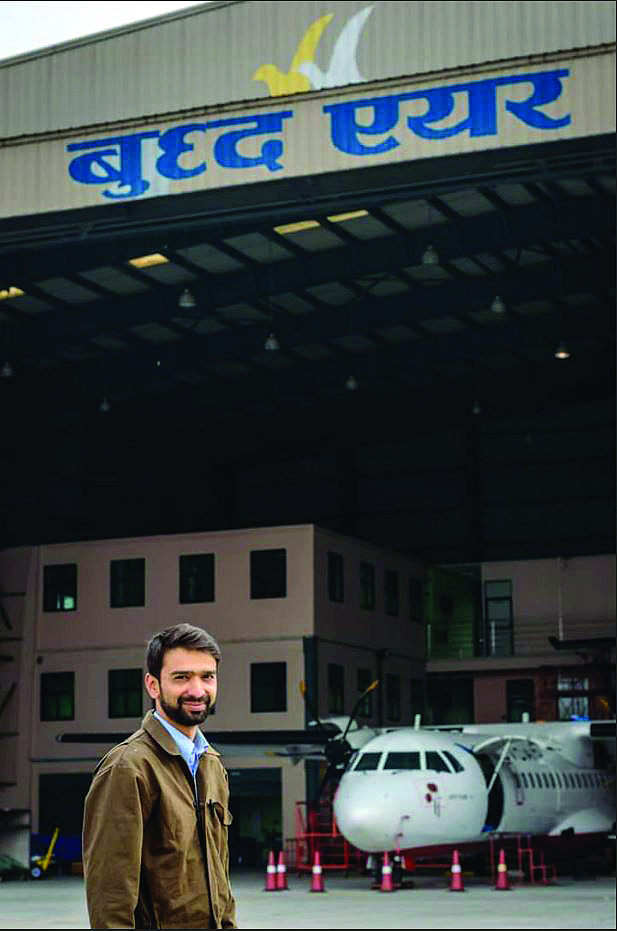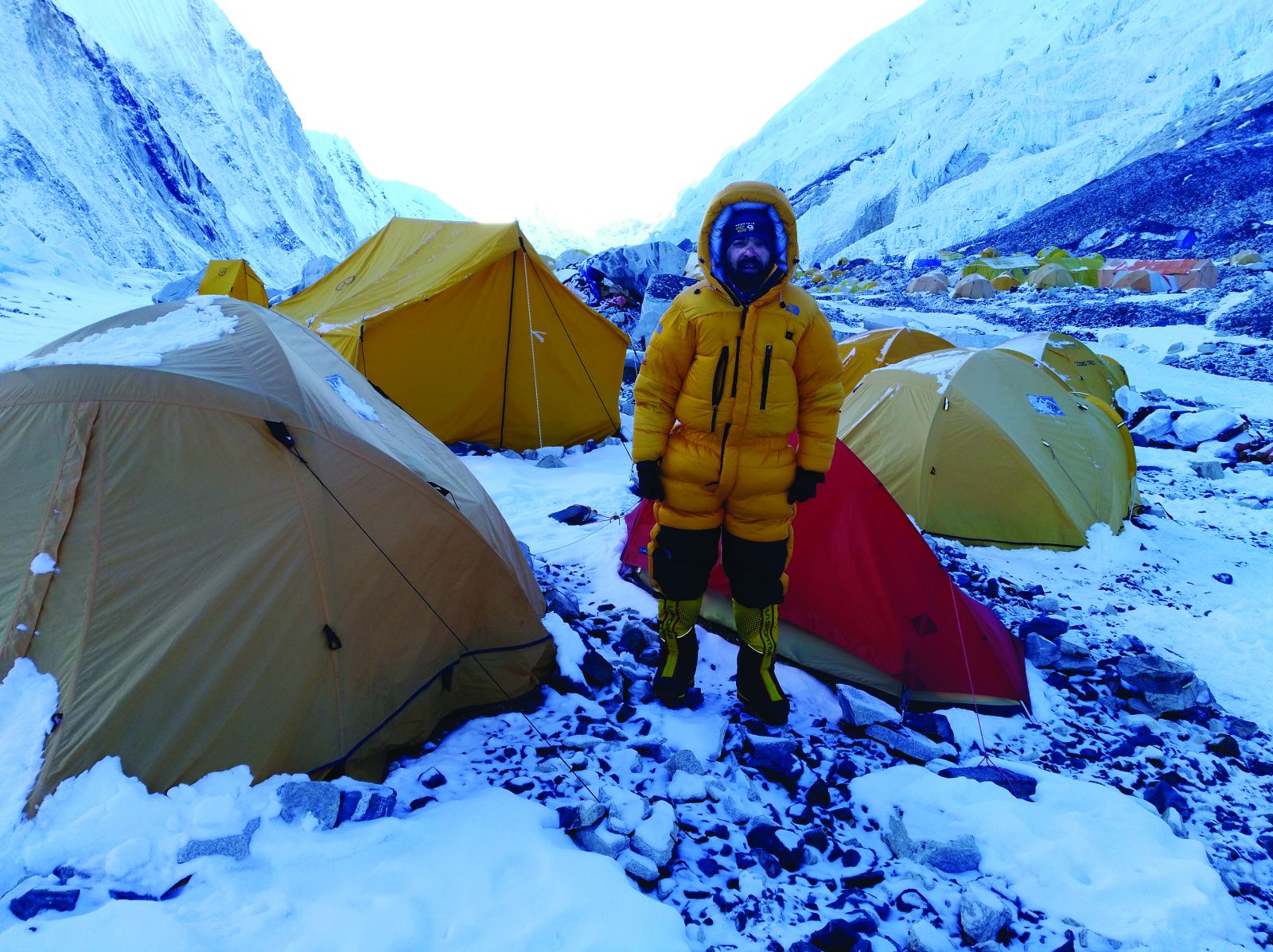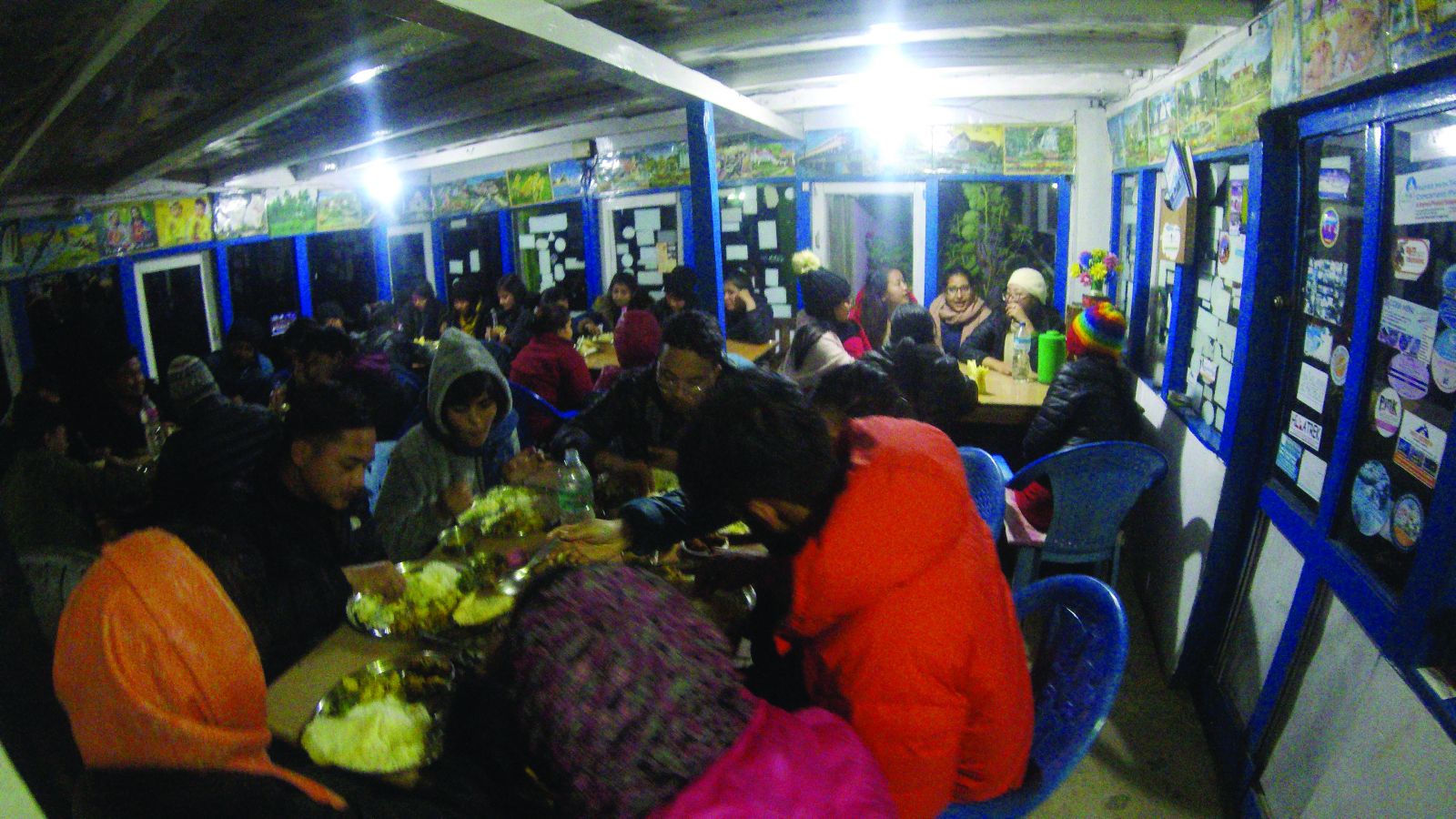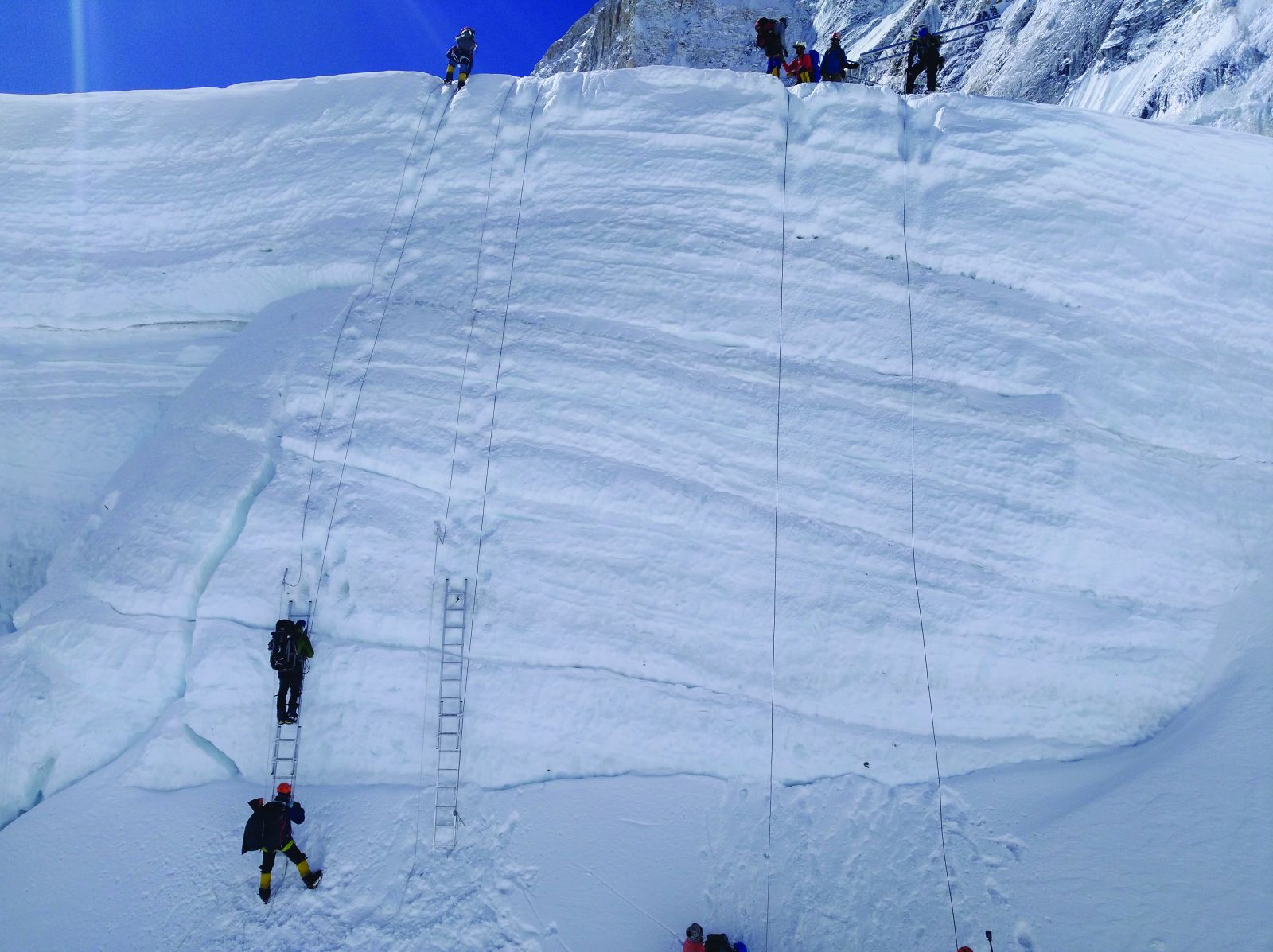The Magnificence of Everest Even At 8383 m
“Was there no one to push you up a bit further? A person to say, the peak is just there, I am with you!” I asked him out of major curiosity. He replied, “There was no one except the Sherpa (porter). We were a group of three people; me, the Sherpa and a Swedish guy. The Swedish guy had given up on Camp 2 (6400m approx), so it was only me and the Sherpa."
Bipin Pokhrel is a novice trekker from Kathma ndu, Nepal. Growing up, he was always passionate and enthusiastic about traveling and exploring new places and trying new things. He has conquered most of the major trekking places of Nepal; Annapurna Circuit, Everest Base Camp, Rara, Khaptad, Tilicho, Gosaikunda, Phoksunda, Pathibara and Badimalika.
ndu, Nepal. Growing up, he was always passionate and enthusiastic about traveling and exploring new places and trying new things. He has conquered most of the major trekking places of Nepal; Annapurna Circuit, Everest Base Camp, Rara, Khaptad, Tilicho, Gosaikunda, Phoksunda, Pathibara and Badimalika.
In 2014, he participated in the Everest Marathon which takes place in Nepal every year on 29 May. The marathon starts at Everest Base Camp and ends at Namche Bazaar. It was at this marathon that Bipin was lured by the magnificence of Everest, and was determined to conquer it. In 2018, he made his decision and packed his bag to fulfill his dream of conquering Everest. Bipin had trained for a week at the Pasang Lhamu Sports Climbing Centre at Dhumbarahi for his journey towards Everest.
Equipped with climbing gears and the necessary backpacks from Happy Feet Mountaineering and assistance from the owner, Mr. Dendi Sherpa, Bipin set out for Everest on 25 April 2018. Buddha Air had sponsored 8 out of the 10 lakhs required for the journey. He expressed with gratification, “Buddha Air has been my major backbone for the entire trip.” However, due to loss of oxygen and energy, Bipin had to return from 8383 m, unable to fulfill his dream of conquering Everest, which is 8848 m tall. He said he missed his trek mates, and further explained, “I realized if it were them, I would have succeeded. It ’s a thing about your team, if one shows courage, energy is filled in automatically.”
Despite not summiting Everest, the view from 8383 m was just spectacular. “Because of the curvature, the stars looked so close to me. I felt like I was at the sky. The views were heart-melting. Mountains surrounded me, and my eyes could see them peeking out of the clouds to dwell in the sky and stars with me.”
I enquired about the secret hideouts of the trail, and Bipin replied, “Syangboche - an hour walk from Namche Bazaar that separates from the main trial. From Syangboche, you see Everest and the white paradise and the energy refills." As an Aircraft Technician at Buddha Air, Bipin had completed  his Aircraft Mechanical Engineering in India. During his academic years at India, he has travelled to South India, Mumbai, Delhi, etc. He has plans to further travel in the future. “Being at Buddha Air has been a blessing for me, as i get to align my profession to my passion”, says Bipin. Talking about the realities and facts of his current trip, Bipin explained there has been tremendous growth in tourism. “There were over 300 foreign mountaineers and over 30 Nepali nationals.
his Aircraft Mechanical Engineering in India. During his academic years at India, he has travelled to South India, Mumbai, Delhi, etc. He has plans to further travel in the future. “Being at Buddha Air has been a blessing for me, as i get to align my profession to my passion”, says Bipin. Talking about the realities and facts of his current trip, Bipin explained there has been tremendous growth in tourism. “There were over 300 foreign mountaineers and over 30 Nepali nationals.
Nepali trekkers were seen in more numbers until Everest Base Camp.” When asked about the oxygen and climbing gears used, he exclaimed with enthusiasm, “It was the first time I trekked with oxygen and the climbing gears. Climbers are required to walk with oxygen on 2
It was from Everest Base Camp that Bipin feels his proper trek initiated. With masks and gears on, oxygen cylinder loaded on his back, and an ambition to put his feet on that 8848 tall Everest and drinking the snow melted water, he had a heavenly experience as a climber. Unfortunately, besides the thrills, the popular trekking routes seem to be equally polluted. The empty oxygen cylinders, bottles, unusable tents, cans and even human excretes are disposed on bare lands, which is a constant eyesore. There appears to be very limited or no arrangement of proper drainage or toilets for trekkers from Camp 2. From a climber's perspective, Bipin suggests that willing Nepali climbers should trek over Everest around the end of the season, which is around the end of May or November. This is primarily because of the availability of rooms. “It is difficult for a Nepali to get a room in these areas as priority will be given to foreigners in terms of business,” explains Bipin. Thus concludes the epic and mesmerizing tale of an aircraft technician who performs micro level analysis of Buddha Air ’s aircrafts after every flight to his ambitious journey of conquering the top of the world.
There appears to be very limited or no arrangement of proper drainage or toilets for trekkers from Camp 2. From a climber's perspective, Bipin suggests that willing Nepali climbers should trek over Everest around the end of the season, which is around the end of May or November. This is primarily because of the availability of rooms. “It is difficult for a Nepali to get a room in these areas as priority will be given to foreigners in terms of business,” explains Bipin. Thus concludes the epic and mesmerizing tale of an aircraft technician who performs micro level analysis of Buddha Air ’s aircrafts after every flight to his ambitious journey of conquering the top of the world.
